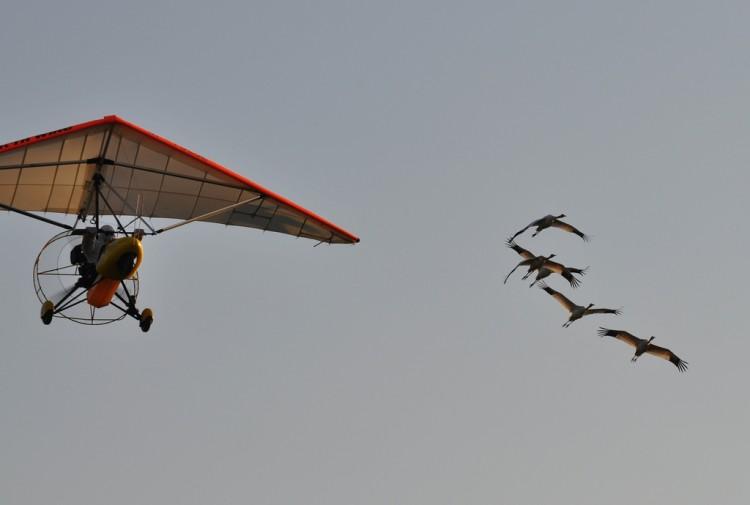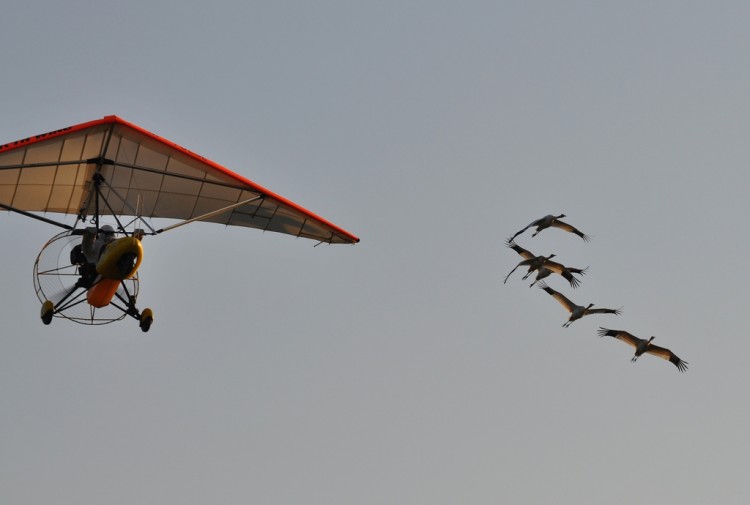Operation Migration and the U. S. Fish and Wildlife Service (FWS) announced that five rare whooping cranes safely made it to Florida on Friday, Nov. 23.
The quintet will spend the winter in the St. Marks National Wildlife Refuge on the Gulf of Mexico. About 900 people arrived before dawn to watch the birds arrive, according to FWS Supervisory Refuge Ranger Robin Will.
“People have an emotional reaction, a sense of hope, of being part of something,” when they see the cranes, said Will in a phone interview.
She said a teacher brought her 3rd grade class from a school in nearby Tallahassee. A TV reporter interviewed one of the students, who spoke unusually well about cranes, while the teacher “was standing there with such pride. It was more than, oh wow, they eat worms!” said Will with a laugh.
Will said grandparents, parents and children came to the landing, and “it was great to see all these different generations. That was very gratifying.” A 23-year old researcher who had helped raise the chicks in Maryland was able to be there because she was visiting her Florida-based parents for Thanksgiving.
“We are excited to be a part of this incredible project to restore a flock of whooping cranes to the eastern United States,” stated Refuge Manager Terry Peacock in a press release. “This year, St. Marks National Wildlife Refuge will be the only Florida refuge to host the young cranes.” A coalition between government and non-profits is working to restore the birds. Operation Migration leads the coalition.







